Rising Fuel Prices and Economic Factors
The Electric Hybrid Vehicle Driveline Market is influenced by rising fuel prices, which drive consumers towards more fuel-efficient vehicle options. As traditional fuel costs continue to fluctuate, consumers are increasingly seeking alternatives that offer better mileage and lower operating costs. Electric hybrid vehicles, equipped with advanced driveline technologies, provide a compelling solution to this issue. Market data suggests that the demand for electric hybrid vehicles has increased by approximately 15% in regions where fuel prices have risen sharply. This economic factor is likely to continue shaping consumer preferences, thereby bolstering the electric hybrid vehicle driveline market.
Consumer Preferences for Advanced Features
The Electric Hybrid Vehicle Driveline Market is also driven by changing consumer preferences for advanced features in vehicles. Modern consumers are increasingly looking for vehicles that offer not only fuel efficiency but also enhanced performance, connectivity, and safety features. Electric hybrid vehicles, equipped with cutting-edge driveline technologies, are well-positioned to meet these demands. Market analysis indicates that features such as regenerative braking, adaptive cruise control, and integrated infotainment systems are becoming standard expectations among consumers. This shift in consumer preferences is likely to propel the growth of the electric hybrid vehicle driveline market, as manufacturers strive to incorporate these advanced features into their offerings.
Government Regulations and Emission Standards
The Electric Hybrid Vehicle Driveline Market is shaped by stringent government regulations and emission standards aimed at reducing vehicular emissions. Many countries have implemented policies that encourage the adoption of electric hybrid vehicles through incentives and subsidies. These regulations often mandate lower emissions for new vehicles, pushing manufacturers to innovate and develop more efficient driveline systems. Data shows that regions with strict emission standards have seen a marked increase in electric hybrid vehicle sales, with some markets reporting growth rates exceeding 20% in the past year. This regulatory environment is likely to continue fostering advancements in the electric hybrid vehicle driveline market.
Environmental Concerns and Sustainability Initiatives
The Electric Hybrid Vehicle Driveline Market is significantly impacted by growing environmental concerns and sustainability initiatives. As awareness of climate change and air pollution rises, consumers and governments alike are advocating for cleaner transportation solutions. Electric hybrid vehicles, which utilize driveline systems that reduce emissions, are increasingly viewed as a viable alternative to traditional vehicles. Recent studies indicate that electric hybrid vehicles can reduce greenhouse gas emissions by up to 50% compared to conventional vehicles. This shift towards sustainability is likely to drive demand for electric hybrid vehicle driveline technologies, as manufacturers respond to consumer preferences for environmentally friendly options.
Technological Innovations in Electric Hybrid Vehicle Driveline Market
The Electric Hybrid Vehicle Driveline Market is experiencing a surge in technological innovations that enhance driveline efficiency and performance. Advanced materials, such as lightweight composites and high-strength alloys, are being integrated into driveline components, reducing weight and improving energy efficiency. Furthermore, the development of sophisticated control systems allows for better integration of electric and internal combustion engines, optimizing power delivery. According to recent data, the market for electric driveline components is projected to grow at a compound annual growth rate of over 10% through the next five years. This trend indicates a strong shift towards more efficient driveline systems, which could significantly impact the overall performance of electric hybrid vehicles.


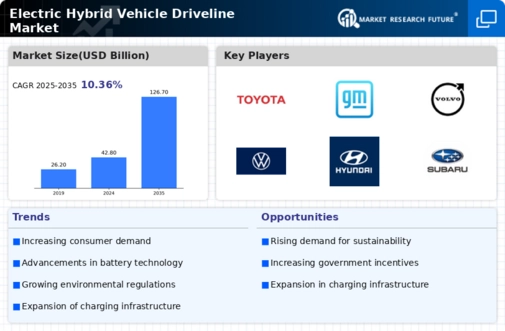
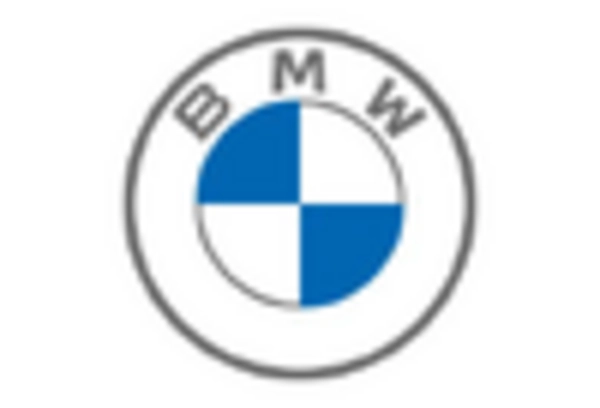

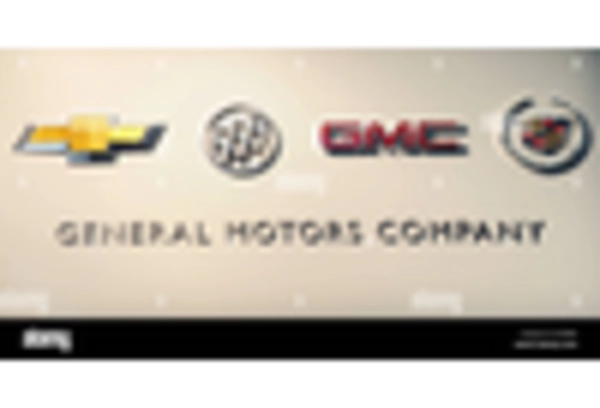
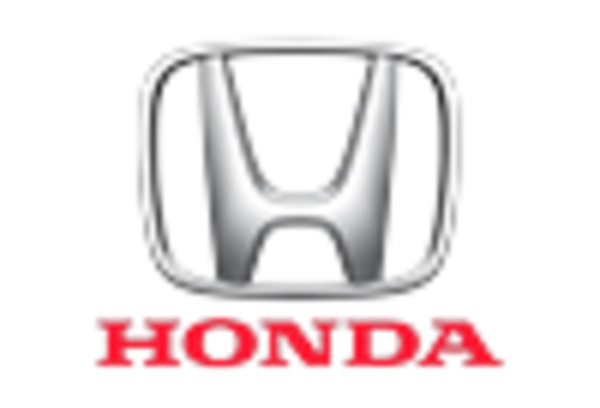
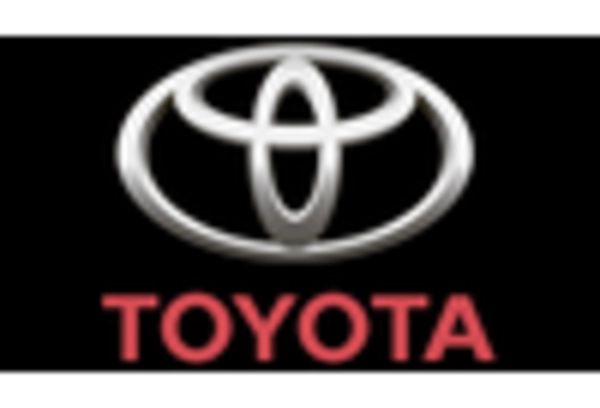
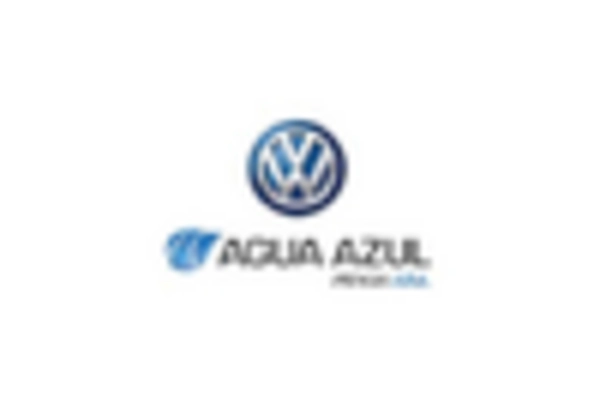








Leave a Comment